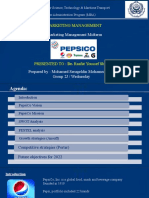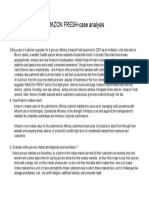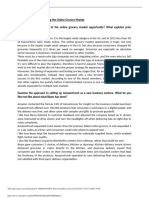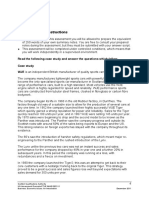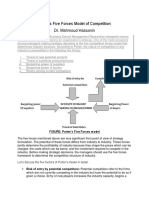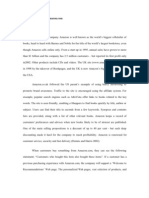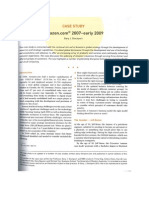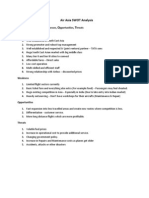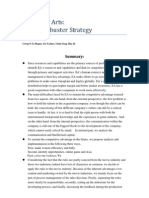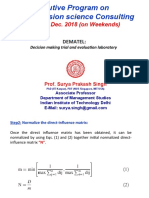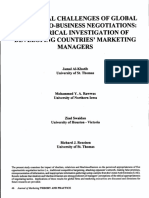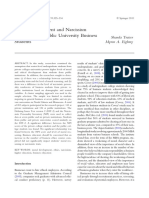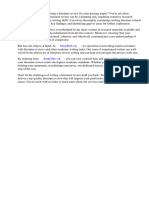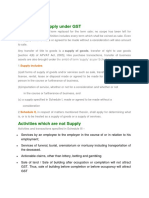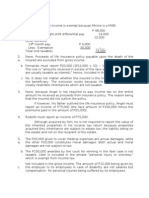0% found this document useful (0 votes)
267 views17 pagesStrategy Report
This document provides an analysis of Amazon's external and internal environments. The external PESTEL analysis examines the political, economic, social, technological, environmental, and legal factors influencing Amazon. A 5-forces analysis finds competitors, customers, suppliers, substitutes, and new entrants exert strong competitive pressures. The internal VRIO analysis identifies Amazon's valuable resources as its brand, customer experience, research and development capabilities, distribution network, and large product variety. These confer a sustainable competitive advantage.
Uploaded by
Fun Toosh345Copyright
© © All Rights Reserved
We take content rights seriously. If you suspect this is your content, claim it here.
Available Formats
Download as DOCX, PDF, TXT or read online on Scribd
0% found this document useful (0 votes)
267 views17 pagesStrategy Report
This document provides an analysis of Amazon's external and internal environments. The external PESTEL analysis examines the political, economic, social, technological, environmental, and legal factors influencing Amazon. A 5-forces analysis finds competitors, customers, suppliers, substitutes, and new entrants exert strong competitive pressures. The internal VRIO analysis identifies Amazon's valuable resources as its brand, customer experience, research and development capabilities, distribution network, and large product variety. These confer a sustainable competitive advantage.
Uploaded by
Fun Toosh345Copyright
© © All Rights Reserved
We take content rights seriously. If you suspect this is your content, claim it here.
Available Formats
Download as DOCX, PDF, TXT or read online on Scribd
/ 17





